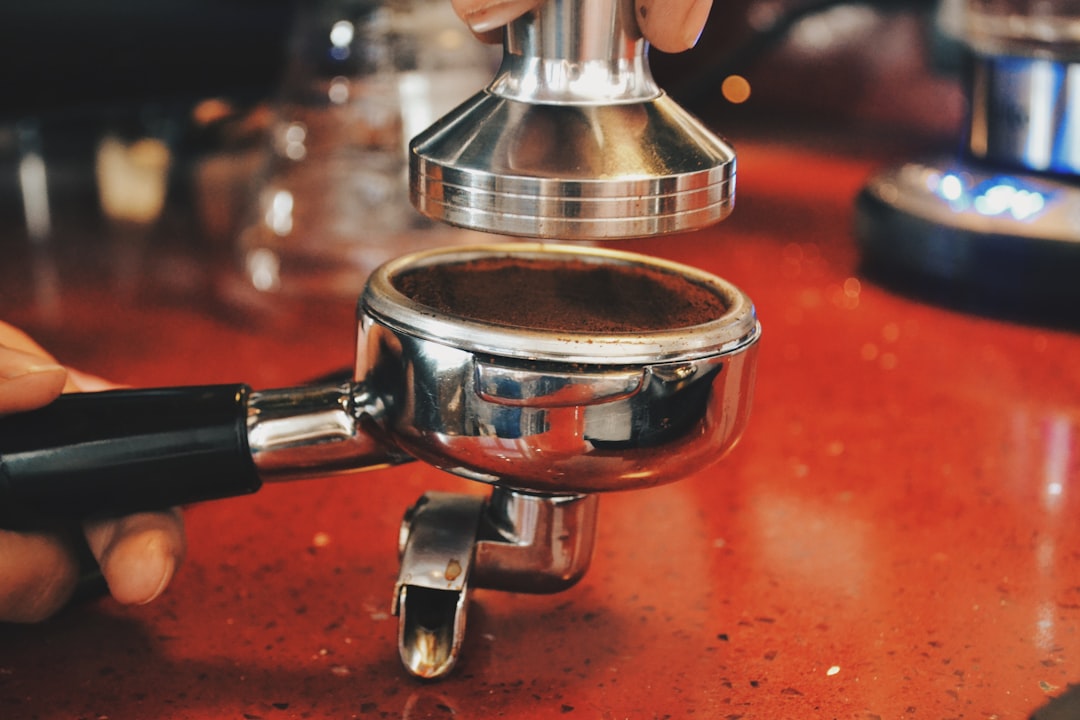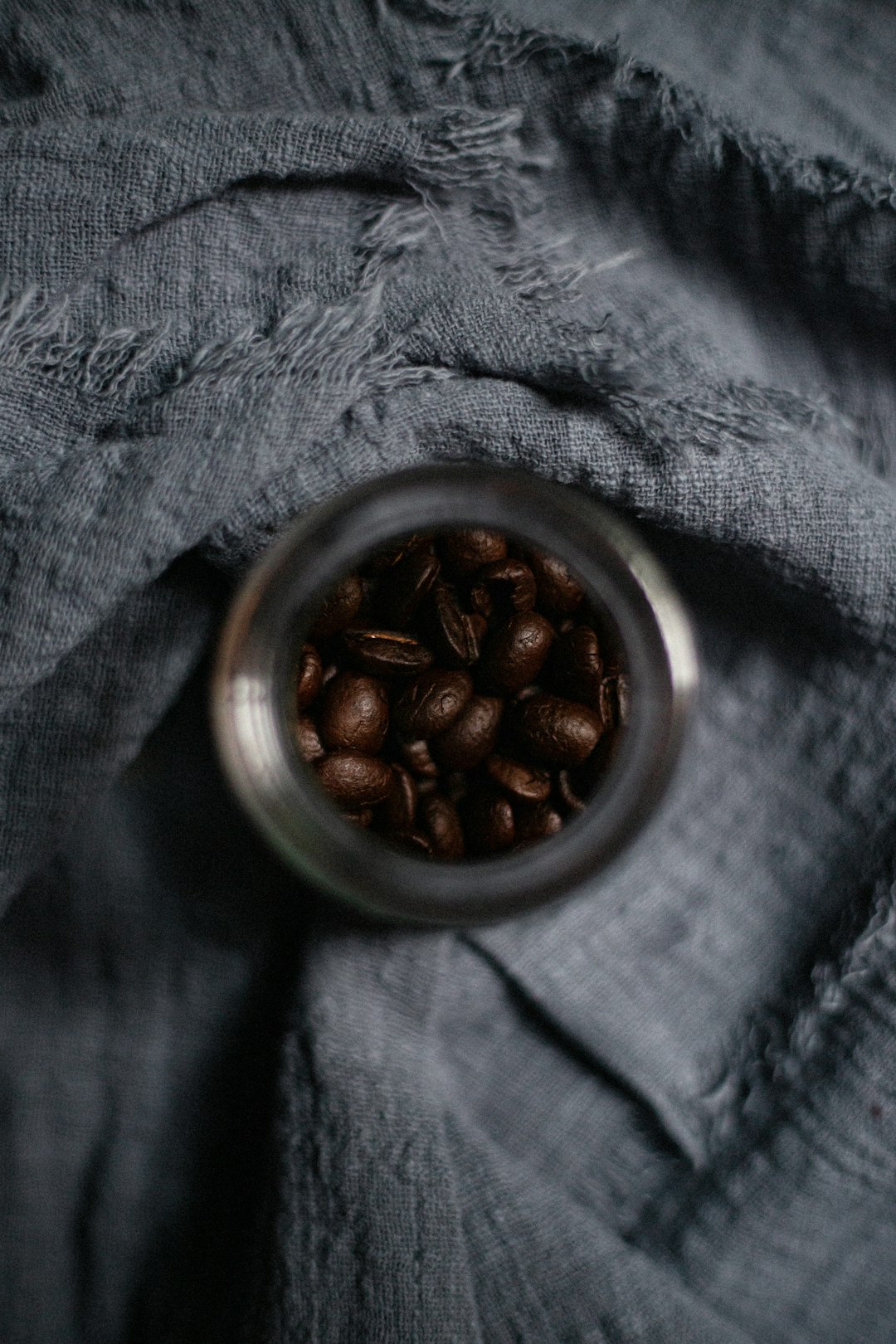Crafting the perfect espresso shot is both an art and a science. While there are many variables at play, three critical factors can never be overlooked: time, yield, and pressure. These three parameters form the cornerstone of what is often referred to as “dialing in” your espresso. Whether you’re a home barista or a seasoned professional, understanding how to manipulate these variables with precision is essential for consistently excellent coffee.
TL;DR
Dialing in your espresso involves adjusting key parameters—extraction time, yield, and brew pressure—to balance flavor, strength, and mouthfeel. Aim for an extraction time of 25–30 seconds, a yield of 1:2 ratio (dose to final espresso), and brew pressure around 9 bars. Fine-tuning each variable with respect to your coffee beans and grinder settings is critical. Mastery comes from repeated calibration and a deep understanding of how changes affect the final taste.
Understanding Extraction Time
Extraction time is the total duration water takes to pass through your ground coffee, typically measured in seconds. This is one of the most immediate indicators of how well your espresso is structured.
The sweet spot for most espresso shots is between 25 to 30 seconds, starting from the moment the pump is activated. Going under or over this window changes not just the strength, but also the balance of flavors:
- Under-extraction (less than 25 seconds): Leads to sourness and weak body. The coffee hasn’t had enough time to release sugars and balanced acids.
- Over-extraction (more than 30 seconds): Results in bitterness and dryness due to excessive extraction of less desirable compounds like tannins.
Extraction time is influenced by multiple factors such as grind size, tamping pressure, and coffee freshness. However, all adjustments must be made carefully to stay within this optimal range.
The Importance of Yield
Yield refers to the amount of espresso in your cup after the extraction is complete. It is typically measured in grams and compared to the input dose (how many grams of ground coffee you used).
The most common brewing ratio for espresso is:
- 1:2 ratio – For every 18 grams of coffee, aim for 36 grams of espresso yield.
This ratio provides a good balance of flavor concentration and mouthfeel. Alterations to this ratio will change the entire flavor profile:
- Lower Yield (1:1.5 ratio): Ristretto—thicker, more intense with syrupy texture but may lose complexity.
- Higher Yield (1:2.5+ ratio): Lungo—lighter, more diluted, and more complex but can verge on bitterness if overdone.
To measure yield accurately, investing in a reliable coffee scale is essential. Consistency in yield ensures each shot delivers a replicable experience.

Pressure: The Driving Force
Pressure is what forces water through the compacted puck of coffee grounds. Espresso machines typically generate between 8 to 10 bars of atmospheric pressure, with the industry standard generally sitting at 9 bars.
The relationship between pressure and flavor is both subtle and complex. Here’s how pressure correlates with taste:
- Too low (under 8 bar): The flow rate may slow, leading to over-extraction and muted flavors.
- Too high (over 10 bar): This can cause channeling, where water finds the easiest route through the coffee puck, leading to uneven extraction and harshness.
If your espresso machine has an adjustable pressure system or pre-infusion capabilities, use them wisely. Pre-infusion—introducing water to the coffee puck at a lower pressure before the full 9-bar pressure—is particularly effective at saturating the grounds evenly and preventing channeling.
Dialing In: A Practical Overview
Now that we’ve discussed time, yield, and pressure individually, the real magic happens when they are fine-tuned together. Here’s a step-by-step approach to dialing in your shot:
- Measure your dose: Use a consistent ground coffee input, such as 18 grams.
- Adjust grind size: For a slower flow and longer time, use finer grinds; for faster flow, coarser grinds.
- Monitor extraction time: Time from pump activation to final yield. Adjust grind and tamp to stay within 25–30 seconds.
- Control yield: Measure your output volume and match it with your chosen brew ratio (typically 1:2).
- Observe and taste: Keep notes on crema color, aroma, and flavor. Adjust as needed.

Common Troubleshooting Scenarios
Dialing in takes practice and experimentation. Here are some typical issues and how to fix them:
- Shot runs too fast: Coffee tastes sour or weak. Try a finer grind or increase your dose slightly.
- Shot runs too slow: Coffee is bitter or dry. Try a coarser grind or decrease tamp pressure.
- Uneven extraction (channeling): May be caused by uneven tamping, poor distribution, or a dirty filter basket.
Tools That Can Help
Precision equipment doesn’t just make espresso brewing easier—it makes it consistent. Here are some tools every serious home barista should consider:
- High-quality burr grinder: For uniform particle size and adjustable grind settings.
- Digital scale with timer: For accurate yield and dose measurement.
- Espresso machine with pressure gauge: To monitor and adjust brew pressure.
- Distribution tools: To ensure even puck density and prevent channeling.
Beans Matter, Too
No discussion about dialing in espresso is complete without mentioning the coffee itself. Variables like bean origin, roast profile, and age significantly affect how you need to adjust time, yield, and pressure. For example:
- Light roasts: Generally require finer grind and longer extraction times.
- Dark roasts: Tend to be more soluble and may require shorter times and coarser grinds.
Freshness is also key. Beans that are too fresh (<7 days from roast) can produce excessive gas, disrupting flow and crema. Ideally, use beans aged 10–21 days.

Final Thoughts
Dialing in espresso isn’t just a mechanical process—it’s a sensory journey. Time, yield, and pressure might sound like simple numbers, but behind each is a world of taste, texture, and experience waiting to be unlocked. Mastery requires attention to detail, perseverance, and a passionate palate.
Keep experimenting, tasting, and adjusting. Over time, these components will stop being mysterious variables and instead become the familiar tools of your espresso craft. When they align perfectly, what you’ll have in your cup is more than just coffee—it’s your signature.
